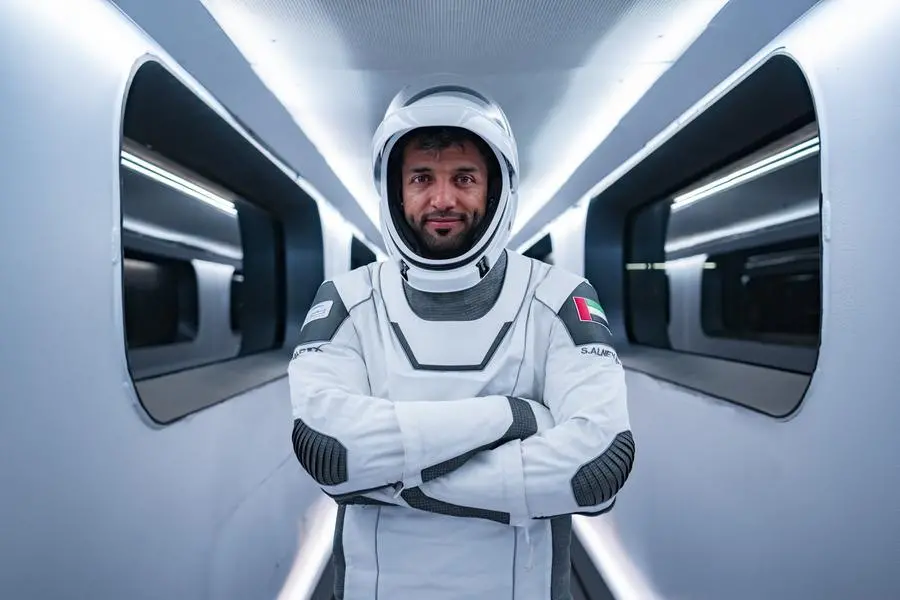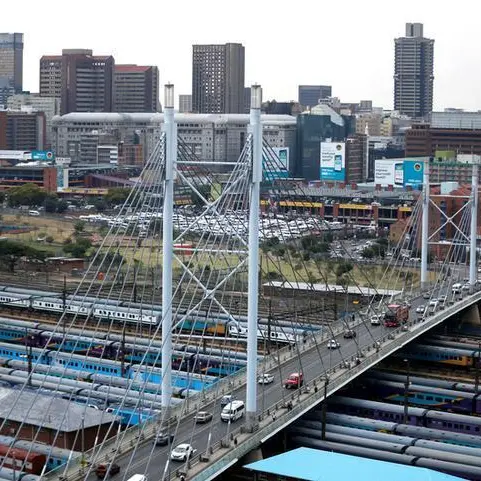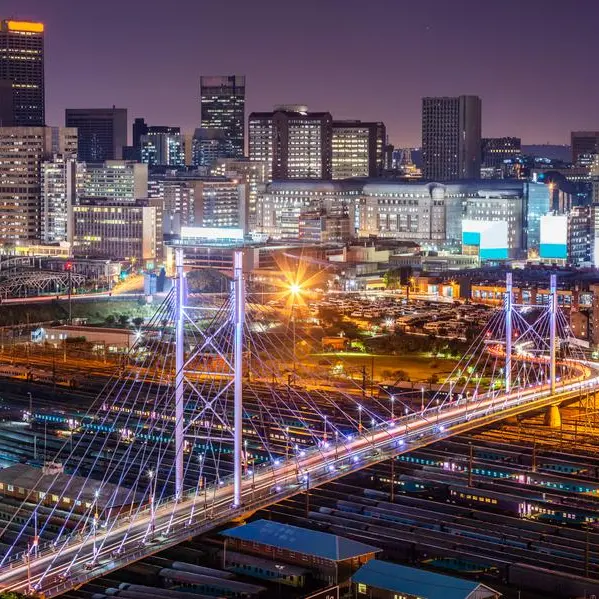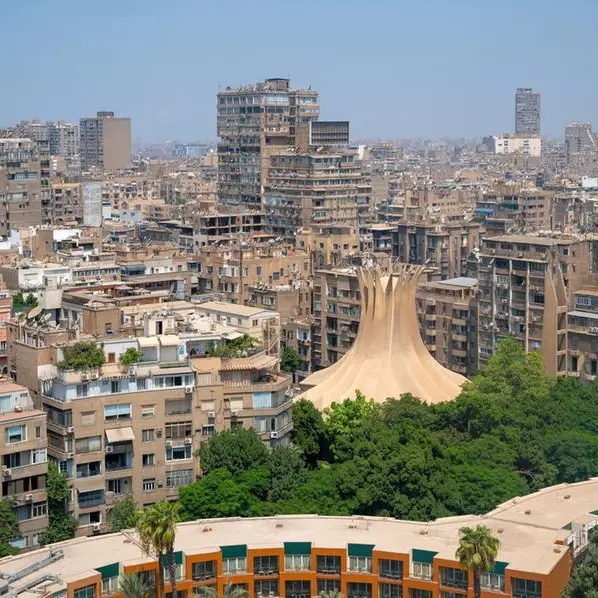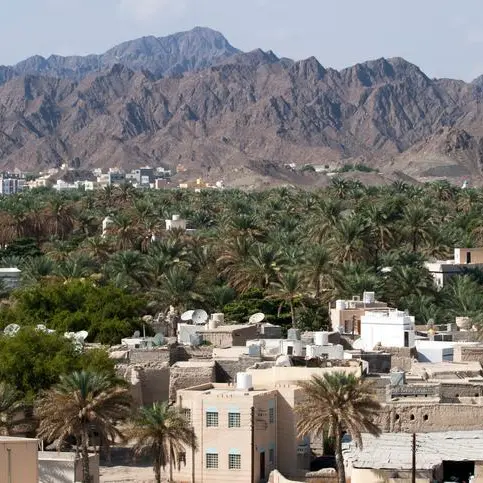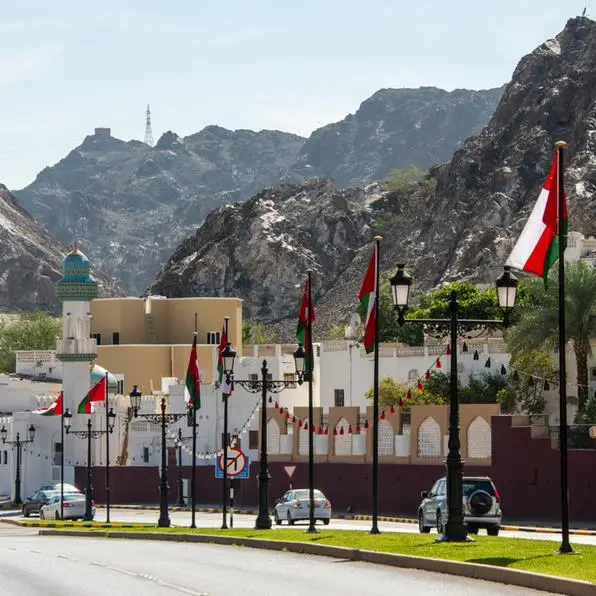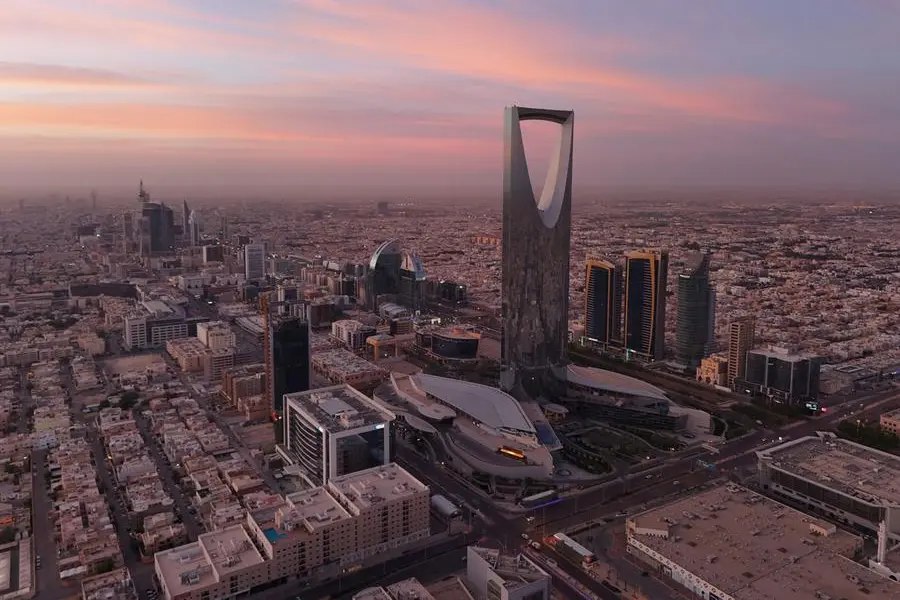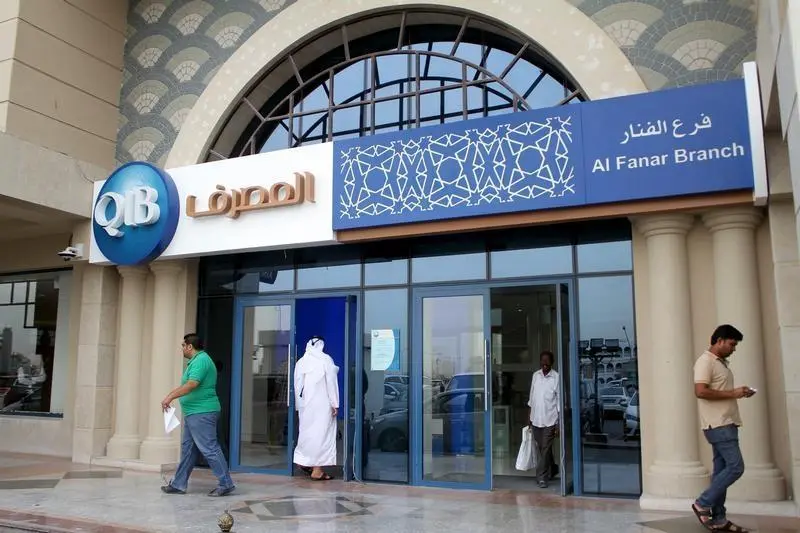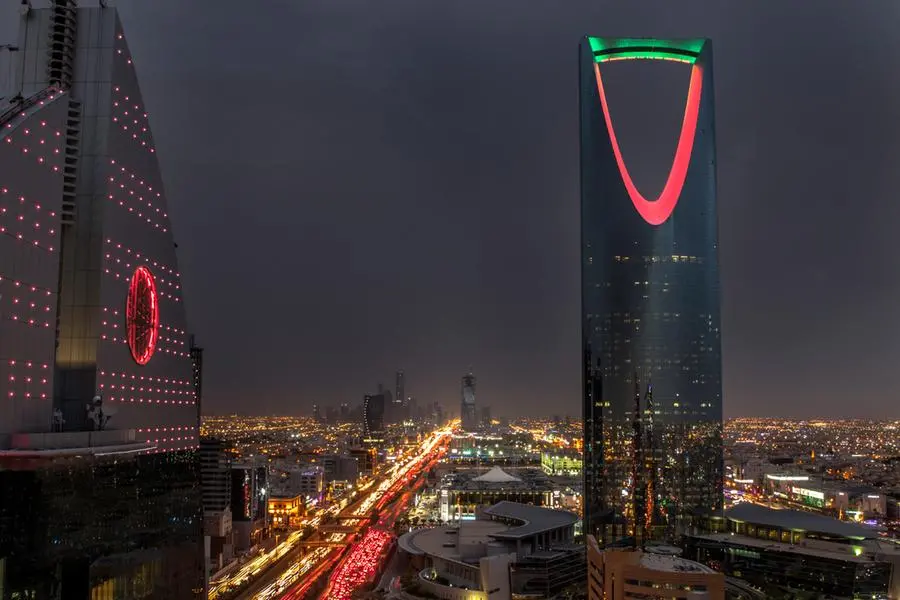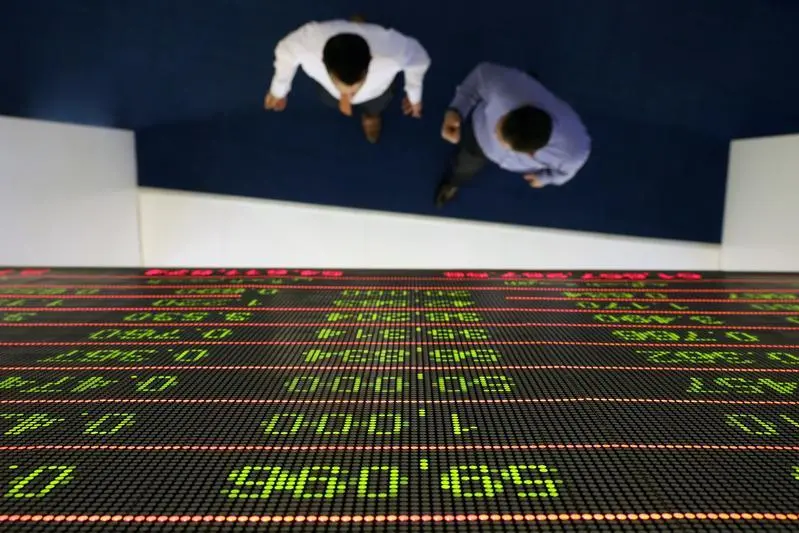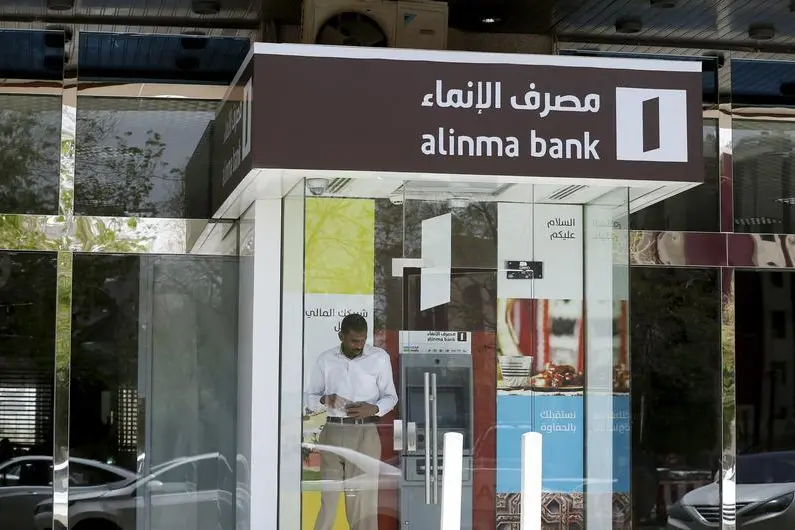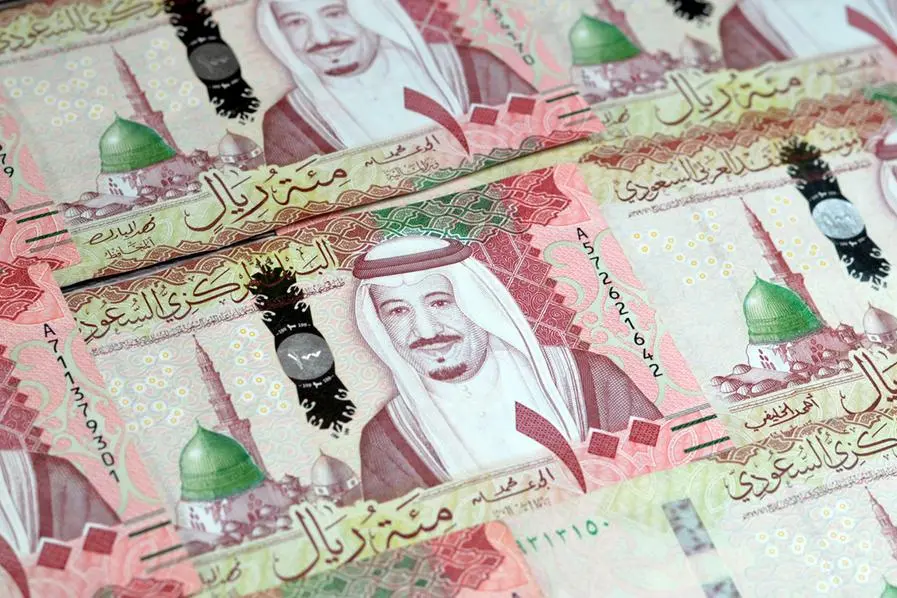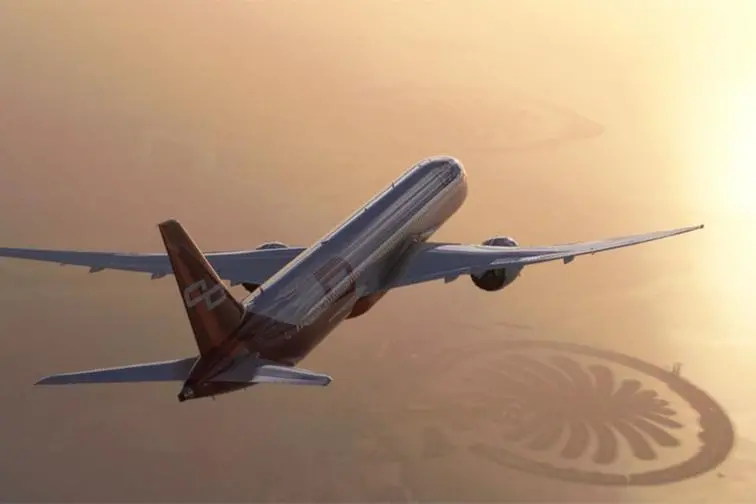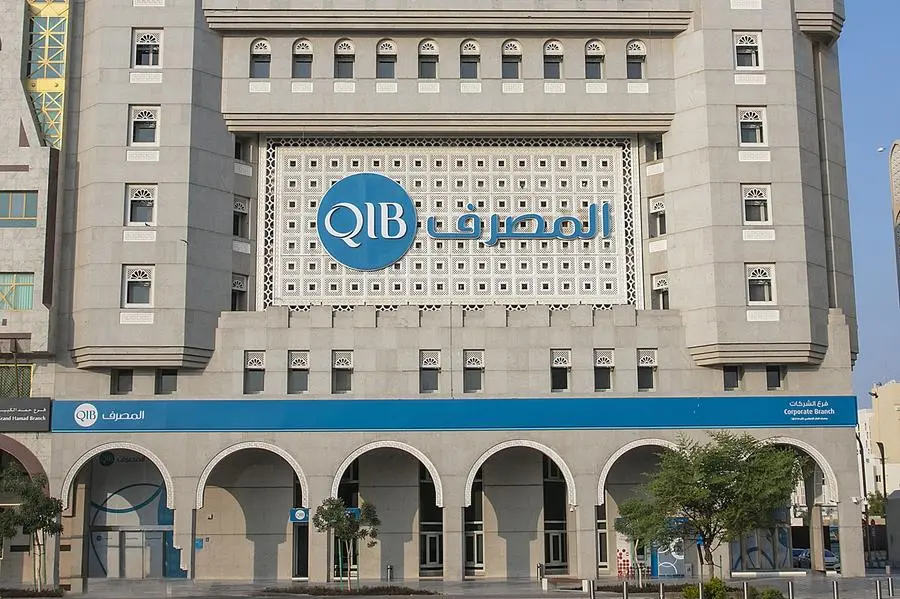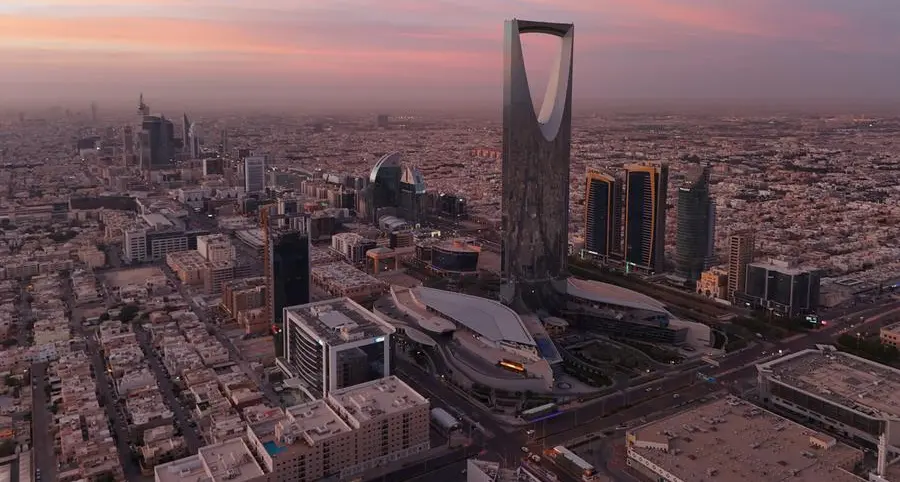PHOTO
Sultan Al Neyadi. Image courtesy Dubai Media Office Twitter handle.
UAE - A jubilant and triumphant Sultan AlNeyadi made his first speech aboard the International Space Station on Friday by thanking his family, the UAE leadership and the Mohammed bin Rashid Centre (MBRSC) for the trust that made him the first Arab astronaut to go on a long-duration space mission.
He also underlined the UAE is “taking great steps towards pushing the boundaries of science and exploration by cooperating with spacefaring nations in seeking new endeavours in space.”
“I can't be happier than this,” said AlNeyadi, adding: “I mean, seeing all friends in space, gathering as a big family. This is the essence of space exploration.”
The UAE has now become only the 11th country in the world that was able to send an astronaut on a long-term mission to space.
More space milestones
In terms of space exploration, more milestones are in store for the UAE this year.
By end of next month, the first Emirates Lunar Mission (ELM), Rashid Rover, is expected to land on the Moon’s southeastern outer edge of Mare Frigoris (Sea of Cold), after its successful launch in December last year.
Hakuto-R Mission 1, the Japanese-made lander that’s carrying Rashid Rover to the Moon has recently entered the second phase of its mission, on track for its scheduled lunar landing by end of April 2023.
The four-wheeled Rashid Rover — named after the late Sheikh Rashid bin Saeed Al Maktoum, builder of modern Dubai — will study the Moon’s surroundings for one lunar day, which is equivalent to 14.75 days on Earth.
Rashid Rover will help scientists have a better understanding lunar dust and rocks move across the Moon. It will also measure the effectiveness of materials on the lunar surface, and explore the process of overcoming natural obstacles on the Moon.
Hope Probe, the first Arab interplanetary spacecraft, meanwhile, is constantly sending new pictures and data of the Martian atmosphere, as part of its Mars 2117 programme.
Most powerful satellite
Also this year, the UAE is set to launch the region’s biggest and most powerful satellite. Named after the President His Highness Sheikh Mohamed bin Zayed Al Nahyan, MBZ-Sat, is designed to be three times more efficient than KhalifaSat — the first UAE-made satellite launched in 2018.
The 700kg MBZ-Sat will have advanced high-resolution camera that can take images from 500kms above the Earth’s surface.
ISS experiments
As for AlNeyadi, he will personally conduct at least 20 experiments out of the more than 200 research experiments that will be carried out by Crew-6 during their six-month mission to the ISS. He will also do other tasks, including spacewalk, and help in the maintenance of orbiting science laboratory.
Copyright © 2022 Khaleej Times. All Rights Reserved. Provided by SyndiGate Media Inc. (Syndigate.info).
